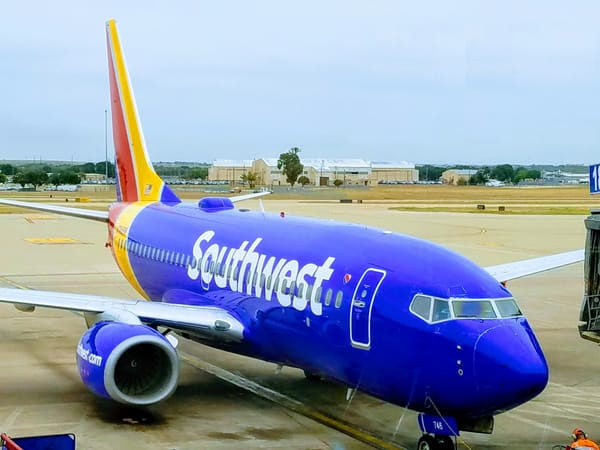Dual Destiny: Alabama Divided
Discover the Dual Destiny statue in Double Springs, Alabama, symbolizing Civil War divisions and local history in the Tennessee Valley road trip.
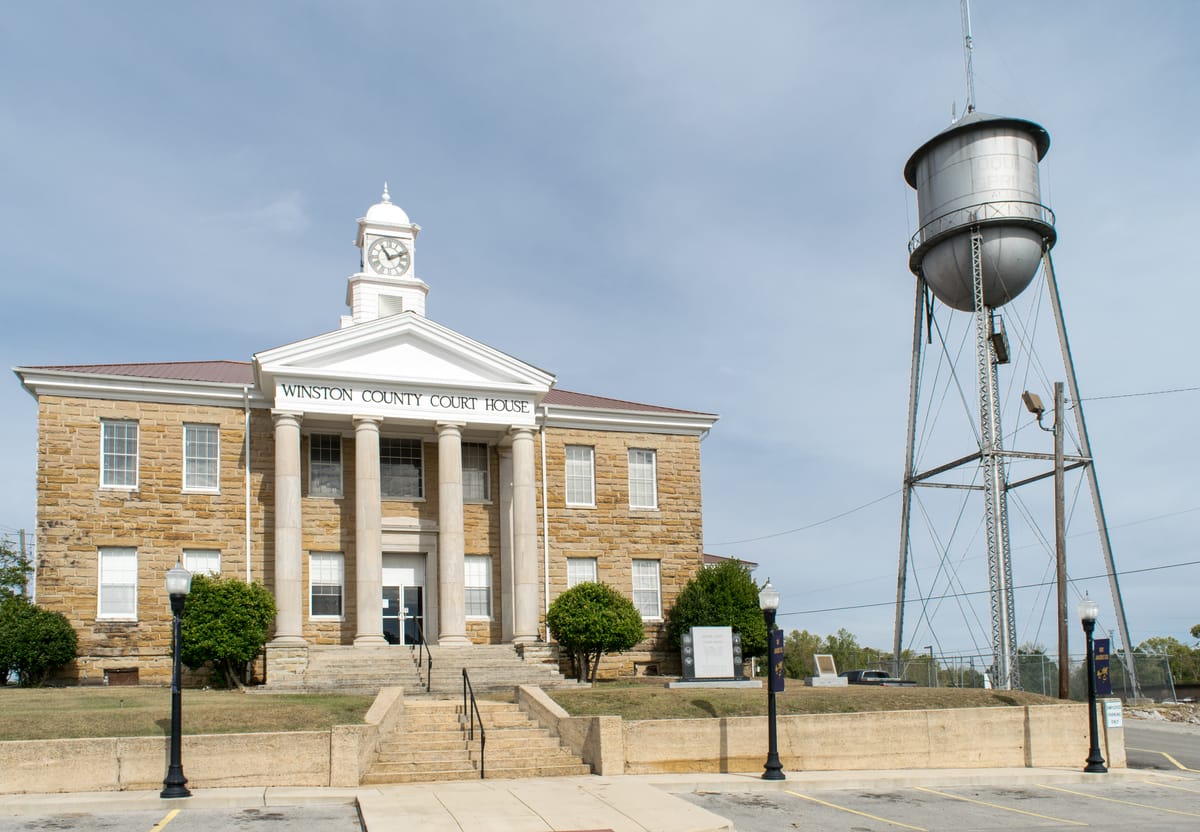
Five Day Road Trip in the Tennessee Valley – Huntsville to Chattanooga
Fifth Stop – Dual Destiny Statue in Double Springs, Alabama
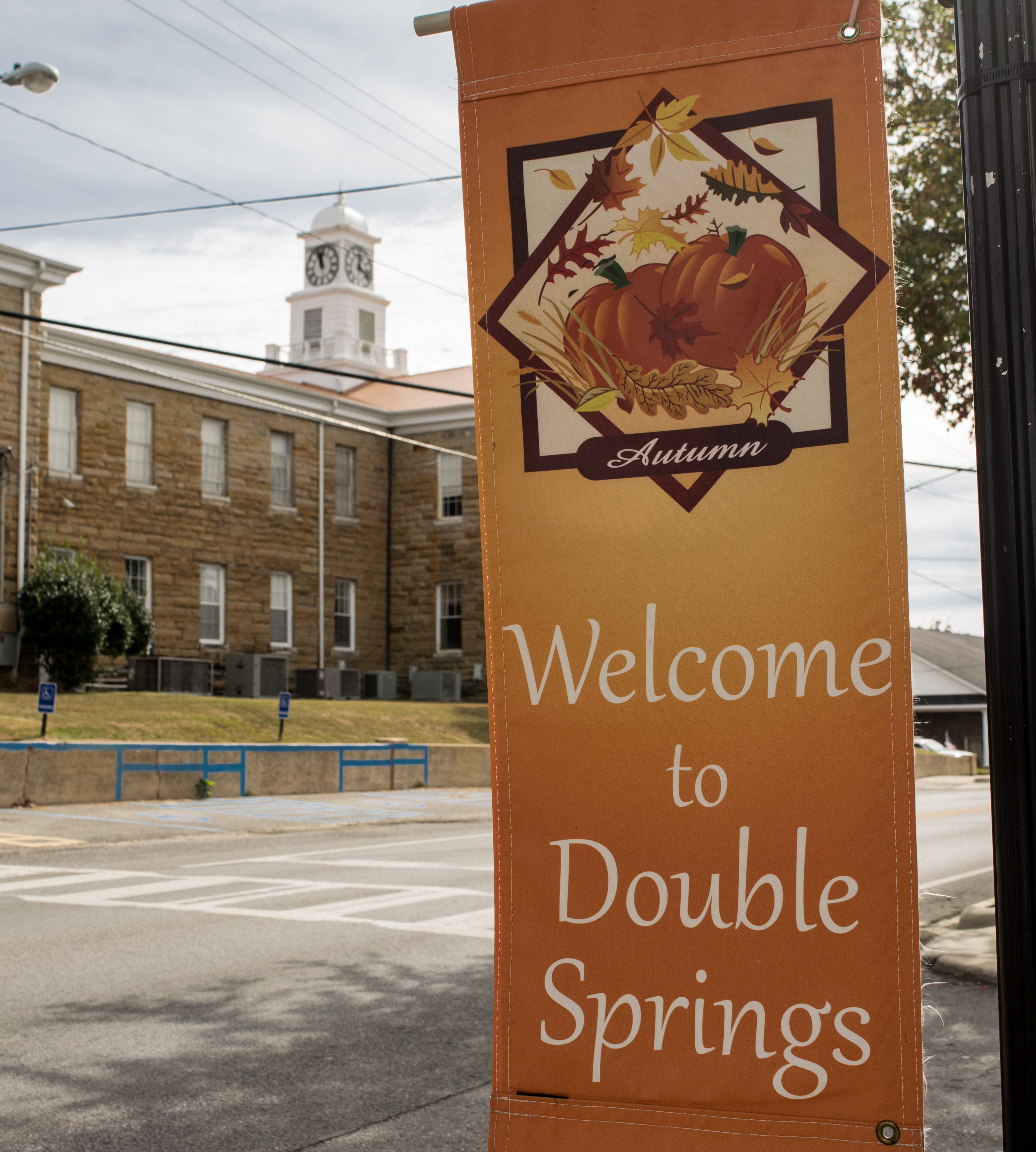
The American Civil War was a battle of geographic and moral philosophies but fought between the men enlisted in the Union and Confederate armies. The principles that led to the split of a formerly unified country sometimes splintered the love within a single home.
Double Springs, Alabama is home to a statue of a Civil War soldier, portrayed as half Union and half Confederate. The Dual Destiny sculpture was created by Branko Medenica. The symbolism is apparent, representing a weary, war-torn individual, struggling internally against splits in homes, family, county, state, and country.
Background
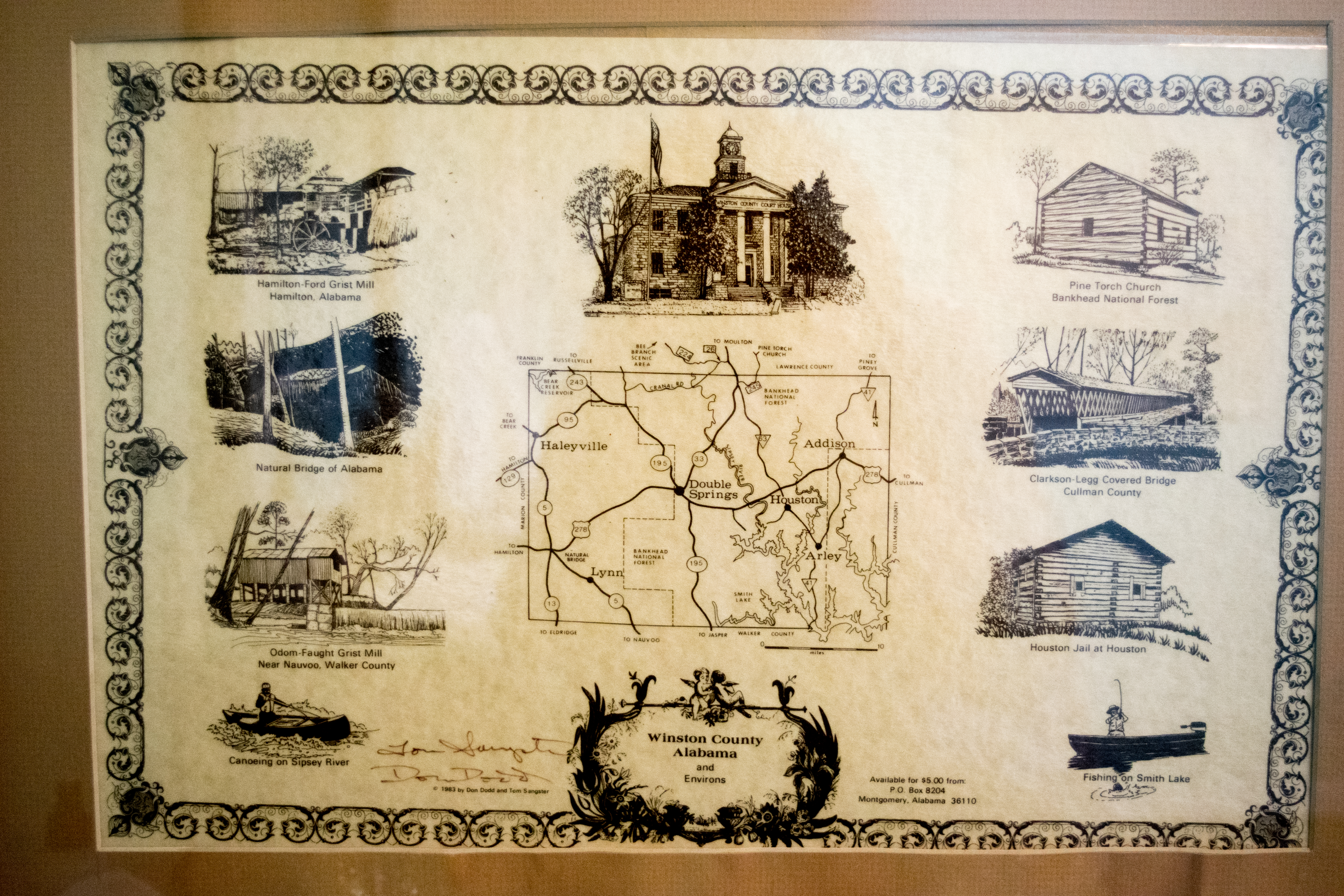
When driving through the lower Appalachian Mountains in Tennessee and Alabama, the rural setting does not parallel the images of the Old South. This rugged terrain, with hills, precipitous gorges, numerous caves, and small family farms, had few common dimensions with the business needs and political desires of large acreage cotton farms and southern plantations in the 1860’s. Few slave owners resided in Winston County at the time of the American Civil War.
Southern Unionists, Southern Loyalists, Lincoln Loyalists and Southern Yankees, these terms commonly described families who opposed secession from the United States. They believed that the rebellion was dishonorable. Many of their ancestors fought for establishing these United States in 1775 and 1812.
The Dual Destiny Statue
My first impression of the Dual Destiny statue notes that it is a post-war figure. The United States flag stands to the left. The Confederate battle flag stands to the right – red, with blue bars in an X pattern and 13 stars inside the blue bars representing the 13 Confederate states. The flags and the first impression set a framework for closer inspection.
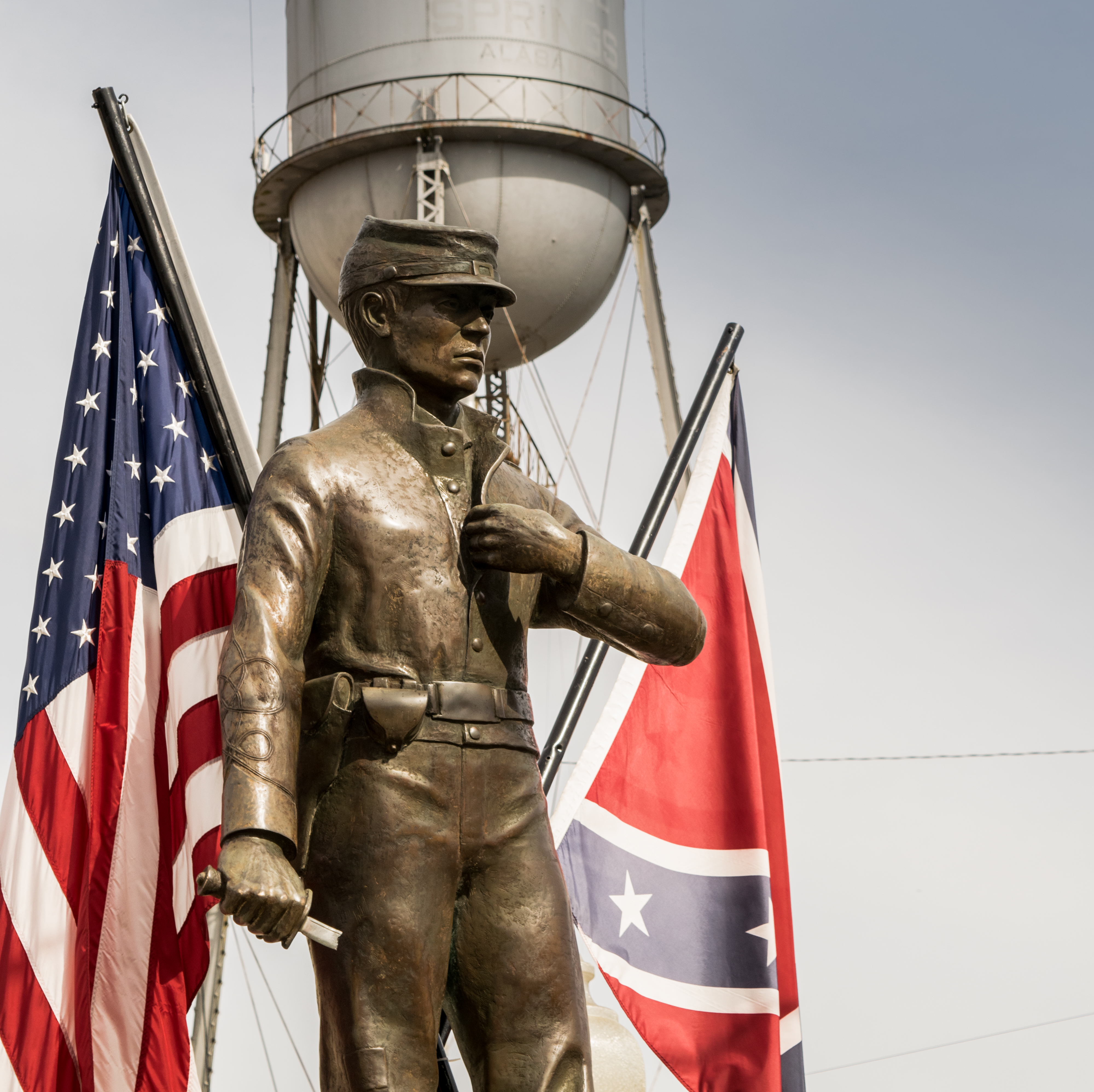
The soldier’s face bears tragedy, with a cap pulled tight against the brow. These eyes have seen what cannot be unseen.
The soldier’s Union hand clinches a broken sword. The Union uniform has traces of decorated stitching, a standing collar, and repair patches on worn or torn fabric. Even at the war’s end, he pays attention to the proper tidiness of the uniform.
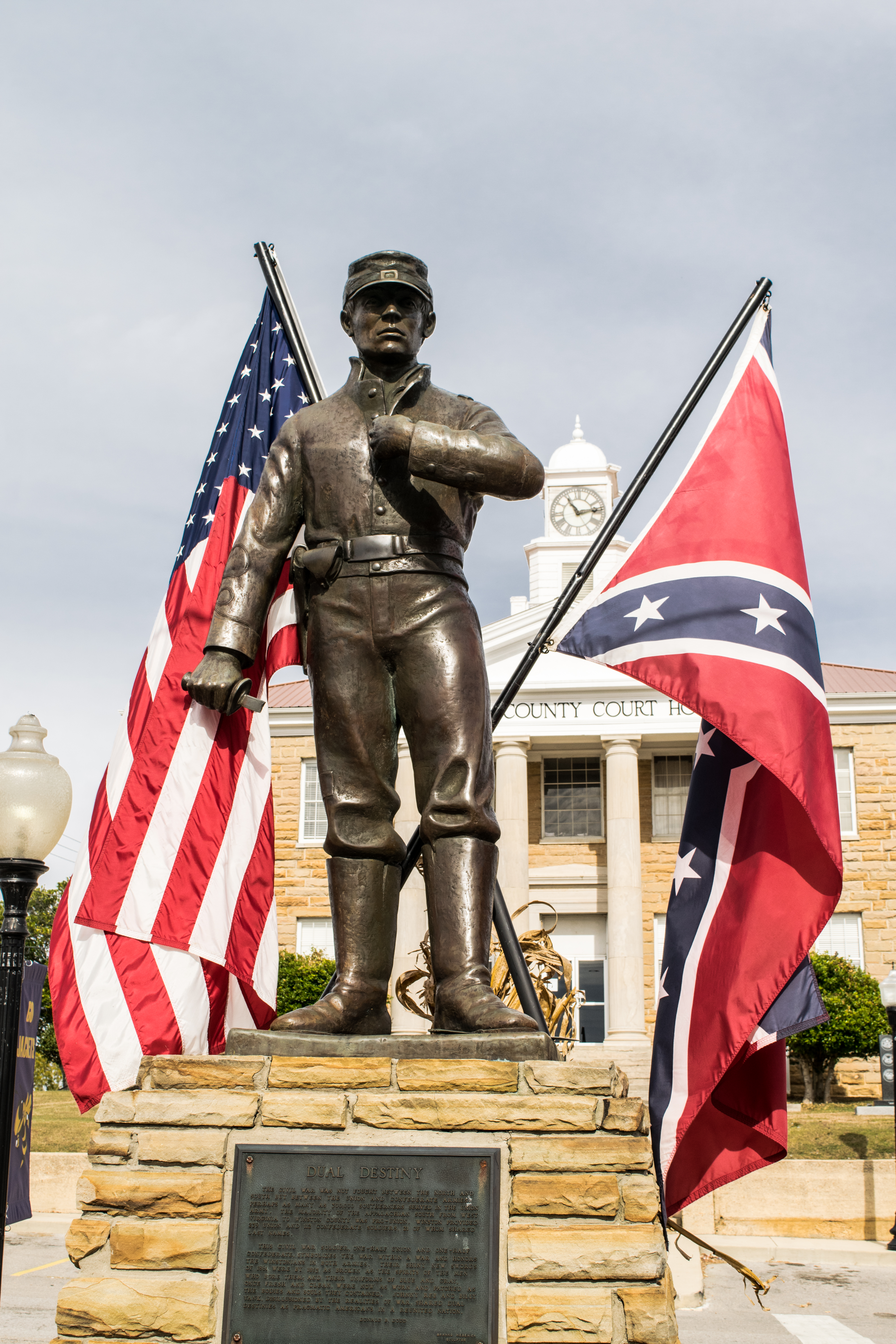
The Confederate soldier, in contrast, reaches his hand towards the center of his chest. He seems to be unbuttoning his shirt or jacket, removing it, as if such an act will release him of the shrouds of a painful war. The clothing, on this right side of the statue, seems somehow less of a uniform, with a sleeve in disrepair.
The two soldiers, as one figure, wear a matching set of boots. Firm footing and solid ground stabilize the soldier for a new beginning or establishing unity for split allegiances.
Winston County Civil War History
It all began when Christopher Sheats, a 22-year old Winston County attended as the county representative at Alabama’s secession convention. Sheats refused to sign the secession ordinance. He was expelled from the state legislature and imprisoned for treason, escalating the controversy within the state. Most Winston County Unionists wanted to be neutral for the duration of the war but instead found themselves in the hotbed of the conflict.
Local Southern Unionists gathered at Looney’s Tavern to discuss breaking ties with Alabama. The concept presented – if a state can secede from the United States, then a county should be allowed to secede from the state. From this meeting, legends flourished about Winston County seceding from Alabama, which never formally occurred.
Confederate conscription began in 1862, and many Unionists fled their homes, hiding from Confederate recruiters in the county’s overgrown forests and rugged canyons, or joining southern regiments in the Union army. Food supplies dwindled as farms were unattended. During the war years, the remaining families suffered home raids by Confederate soldiers, who considered these people to be traitors against the South.
A Lesson for Us All
Winston County, Alabama had 239 Union and 112 Confederate soldiers identified in war rosters. A county divided. Furthermore, 21 soldiers had shared surnames. Brother against brother. Family against family. An added perspective is that Winston County was not the only southern county proclaiming loyalty to the United States instead of to the Confederacy. Counties in Mississippi, Arkansas, and Tennessee also expressed public allegiance to the union. Some estimates indicate that as many as 300,000 Southerners served in the Union army.
“A house divided against itself cannot stand.” The Bible verse, re-iterated in an 1858 speech by Abraham Lincoln, rings true even today.
Find more about Gwyn’s journey through the Tennessee Valley at Small Towns, Big Stories on MilesGeek.



